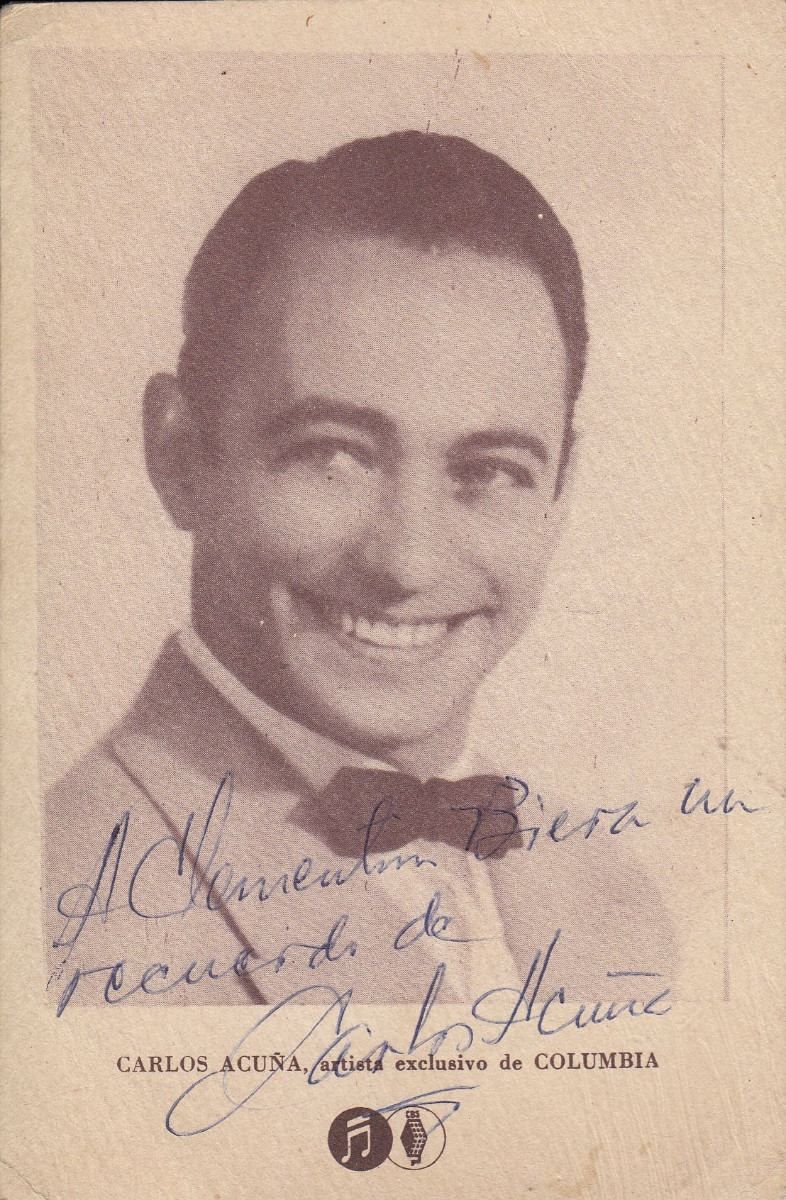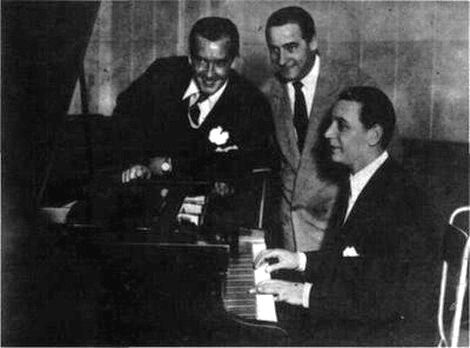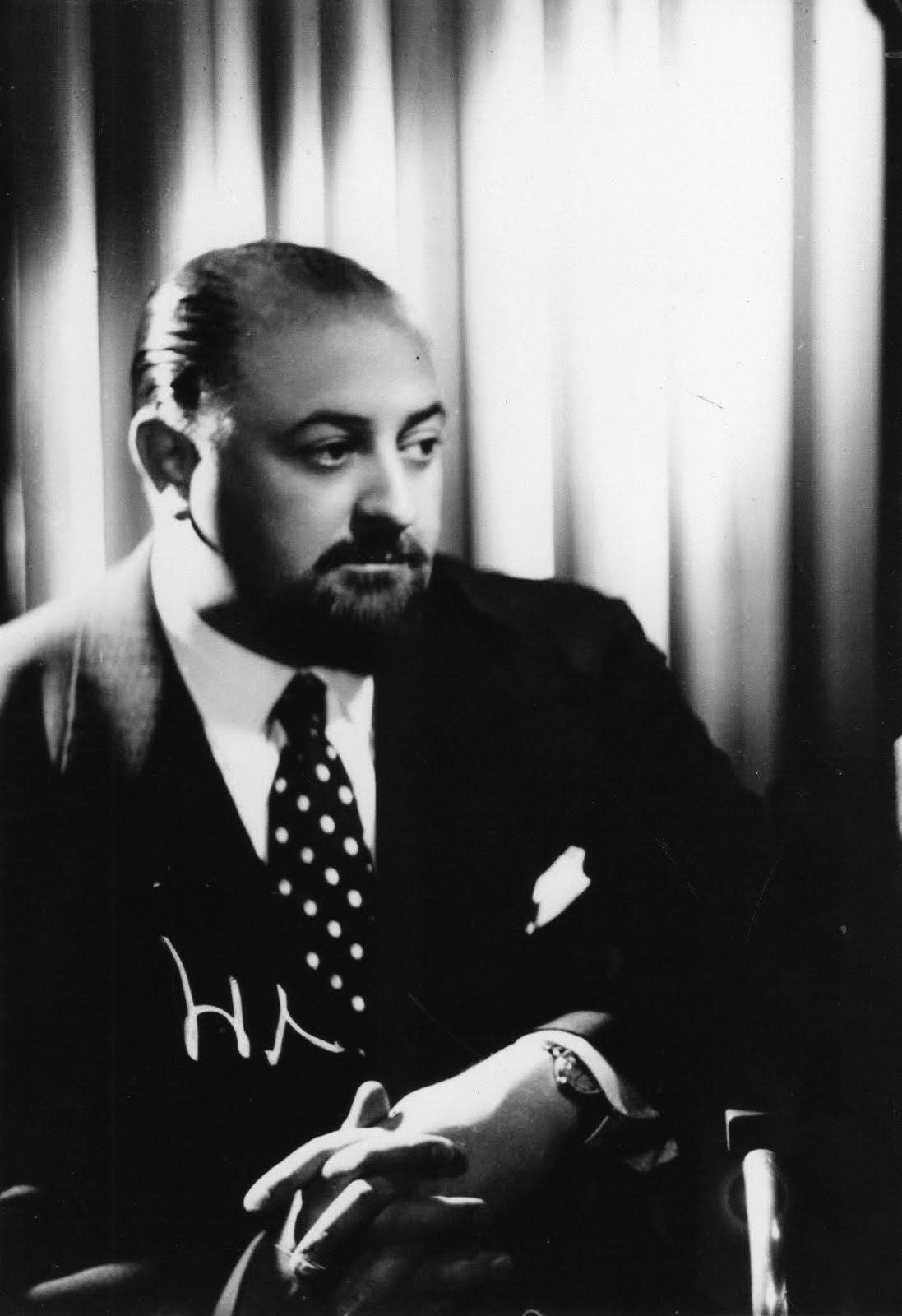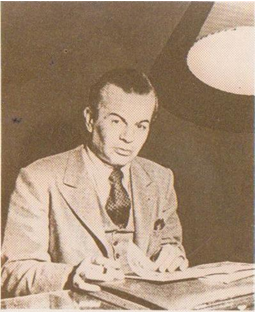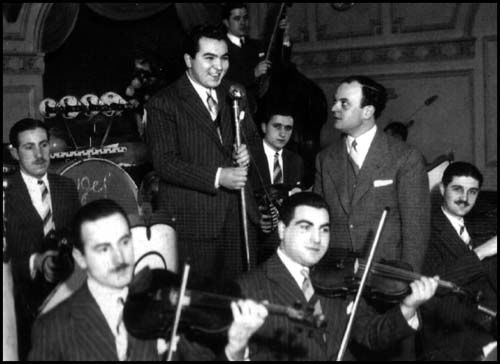“Barrio reo” by Rodolfo Biagi y su Orquesta Típica with Carlos Acuña in vocals, 1943.
 Carlos Acuña
Carlos Acuña
Singer and composer
(November 4, 1915 – February 19, 1999)
Due to his commanding presence, which seamlessly blends the true essence of a tango singer, and owing to his profound, resonant voice, he honored the innate rhythm of the Buenos Aires melody. He was driven by a spirited tenacity that compelled him to share his vocals far and wide.
For all these reasons, Carlos remains and will continue to be one of the greatest vocalists of Tango.
By the end of 1942, he was requested by Rodolfo Biagi and made his debut on Radio Splendid. As he turned out a boom, the broadcasting itself organized for them a tour throughout the country. They also made as well a successful tour of Chile. His career with Biagi ended in 1944, and he committed to record twelve pieces. Continue reading at www.todotango.com…
Listen and buy:
<
